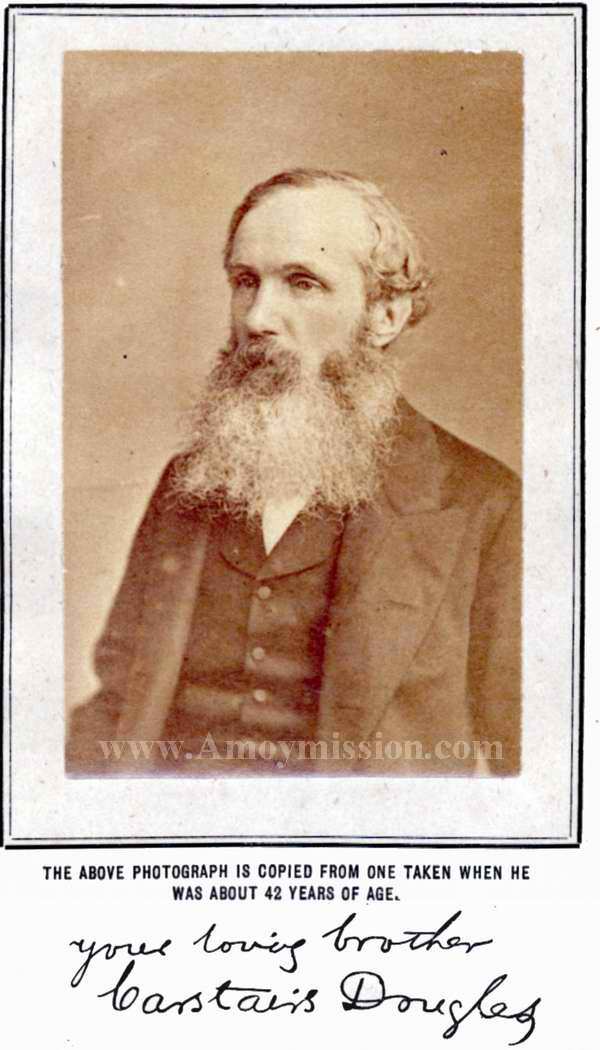
John and Jennifer Anderson will be visiting
Xiamen and
Fuzhou from October 1st to 30th,2008, to learn more about his roots (he was born in Hope Hospital, Xiamen).
Here is a description (written by Jennifer) of Connie's work. If anyone has more info on Constance, please send it to me, and I will forward it to the Andersons (photos are welcome too).
Constance Anderson
An English Medical Missionary in
Fuzhou (1925-1936)
(provided by Jennifer Anderson)Constance Mary Hopkinson (Sister Hopkinson or Miss Hopkinson), was
born at Tunbridge Wells, England, in 1895. She was a missionary nurse
in
Fuzhou between 1925 and 1936 with the CMS (Church Missionary
Society). The information presented here is from her diaries
supplemented by family tradition.
She worked mainly at a hospital called Cha-Cang, which also had the
name Christ’s Hospital. It was not far from the North Gate. Her
supervisor at the Hospital was Miss Margaret Baldwin, who had been a
missionary nurse in
Fuzhou since 1901. The CMS had a number of
hospitals, Dragon Hill Hospital, one near the South Gate, and another
on the island of
Nantai, which is where many of the foreign
missionaries were located. The CMS ran a number of schools on Nantai
as well as the Anglo-Chinese Girls’ School, also near the South Gate.
The Cha-Cang Hospital treated both paying and nonpaying patients and
also trained nurses. It consisted of separate hospital buildings for
men and women, a tuberculosis ward, and an out-patient department.
There was a chapel and houses for the hospital staff, including the
nurses, to live in. These buildings were all in a gated compound.
Nearby was a school for Blind children. Outside the West Gate there
was a leper settlement where the missionaries visited and provided
some care.
Cha-Cang Hospital was looted on January 16, 1927. Therefore we do not
have the diaries for Connie’s first two years in China. After the
period of unrest in late December of 1926 and early 1927 the
missionaries left the city and did not return until 1928. During this
time the hospital at Cha-Cang was run by the Chinese staff alone.
When Miss Baldwin returned she worked on rebuilding the missionary
work as well as completing the building of new hospital buildings
that was not quite finished in early 1927. Because of these events
most of the information we have about Connie’s work in Fuzhou is
from 1930-1934.
In this period at Cha-Cang she worked with Dr Nga, Dr Ding and Dr
Lau, and two nursing sisters, Sister Chai and Sister Lau. Among the
missionaries at the hospital Sister Giles, Dr Matthews and Dr Callum,
as well as Dr Webster, and later Miss Webster who did nursing work.
Student nurses were trained there, and Miss Hopkinson mentions
teaching and conducting examinations, as well as graduation
ceremonies. She also mentioned two Chinese Pastors, Pastor Do and
Pastor Uong with whom the missionaries at Cha-Cang worked closely.
Most of the years that Constance Hopkinson was in China, she went to
the mountain resort of Kuliang for a summer holiday, along with
missionaries from other parts of China. There, in August 1936, she
met Peter Anderson, from the English Presbyterian Mission in Amoy/
Kulangsu. They were married Nov 10, 1936 in British Episcopal Church
















